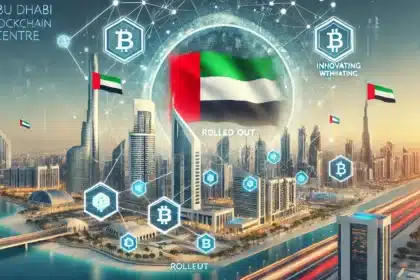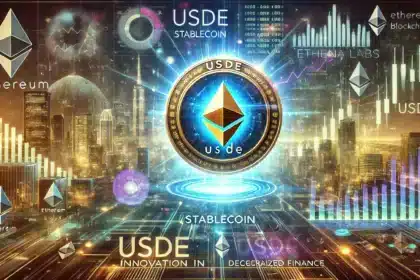The world of financial services has been revolutionised through Decentralised Finance (DeFi) with its pledges of democratic and transparent systems.
Nonetheless, a major problem has emerged as the DeFi space expands: liquidity fragmentation. This refers to the thin spread of trade volumes and assets over various blockchain networks, leading to inefficiencies like higher trading costs, slower transaction speeds, and fewer opportunities for trade.
What is DeFi fragmentation? The Impact of Liquidity Fragmentation in DeFi
Notably, liquidity fragmentation does not merely inconvenience traders; it cripples the possibilities for DeFi ecosystem development. Higher costs and less efficient markets endure by having liquidity distributed across many platforms instead of being pooled. This is because they lack depth in trading books, which causes market prices to slip significantly and make trades less competitive, mostly on large ones.
To tackle similar problems, centralised exchanges (CeFi) in traditional finance aggregate orders and liquidity into one platform, thus guaranteeing seamless operations during transactions. DeFi, inherently decentralized, lacks this central authority, making unified liquidity solutions beneficial and necessary for its evolution.
What is DeFi Fragmentation? Unified Liquidity—The Path to Enhanced DeFi Efficiency
Unified liquidity is a concept where different sources of liquidities from multiple blockchains are combined into one common destination for easier access by users who want to engage in trading activities within the DeFi ecosystems, thereby increasing efficiency in such trades.
One pioneering solution is Orderly Network. This platform is a layer-2 solution allowing Web3 traders to interact with permissionless liquidity layers. By combining orders from all chains into one single order book, Orderly Network significantly decreases the level of fragmentation found within the digital asset market. It is a versatile and all-encompassing DeFi trading platform that supports several chains, including Polygon, Arbitrum, and Ethereum.
Orderly Network recently posted on X FKA Twitter that they’ve surpassed $60 billion in cumulative trading volume.

With over 215,000 on-chain users and $56 million in total value locked—doubling in a month—the platform supports 14 DEXs, comprising 28% of all LayerZero messaging and 40% of Celestia’s volume. Since launching, Orderly has secured $20 million in investments from entities like Pantera and Sequoia China.
What is DeFi Fragmentation? Addressing DeFi’s Liquidity Issues Through Innovative Technology
The Orderly Network’s technical infrastructure has been created to focus on resolving the nuances of DeFi problems. Omnichain SDK, for example, is built specifically for developers working within the Ethereum Virtual Machine (EVM) ecosystem. In this way, the toolkit helps in creating complex trading frameworks, thus enabling more fluid and interconnected DeFi applications by lowering barriers to entry.
Also, Orderly Network founders Ran Yi and Terence Ng are well experienced in both the De-Fi industry and traditional finance arenas. They seek to merge the best features from these worlds, targeting a user experience rivalling those on centralised platforms while still upholding the transparency and trustworthiness of decentralised networks.
Ran Yi spoke about their innovative approach, noting:
“As omnichain pioneers, we empower diverse users with liquidity and settlement support for any asset, any chain or any interface. Bridging gaps, we connect and amplify liquidity across crypto, fostering accessibility and equity, serving as the primary venue for price discovery.”

What is DeFi Fragmentation? The Future of DeFi with Unified Liquidity
Plans are underway to make additional improvements as Orderly Network continues to grow. Some coming features include isolated margin trading, multi-collateral options, and on-chain oracles integration. These developments will make it possible for more accurate risk management strategies, greater flexibility for trading tactics, and better dependability via real-time pricing data that can be obtained easily and organized.
The journey towards a more integrated and efficient DeFi ecosystem is just beginning. The future looks promising, with solutions like Orderly Network leading the charge in tackling liquidity fragmentation through unified liquidity. Such innovations improve the trading landscape and ensure that DeFi can fulfil its potential as a transformative force in the cryptocurrency sector.
In conclusion, liquidity fragmentation in DeFi is a significant hurdle that needs addressing for the ecosystem to progress and mature. Unified liquidity platforms like Orderly Network offer a viable solution by enhancing trading efficiency and reliability across multiple blockchains. As we move forward, the continued evolution of such technologies will play a critical role in shaping a more connected and efficient DeFi landscape, promising a brighter future for all market participants. For more insights into the latest developments in the crypto world, keep an eye on updates from The BIT Journal.





























